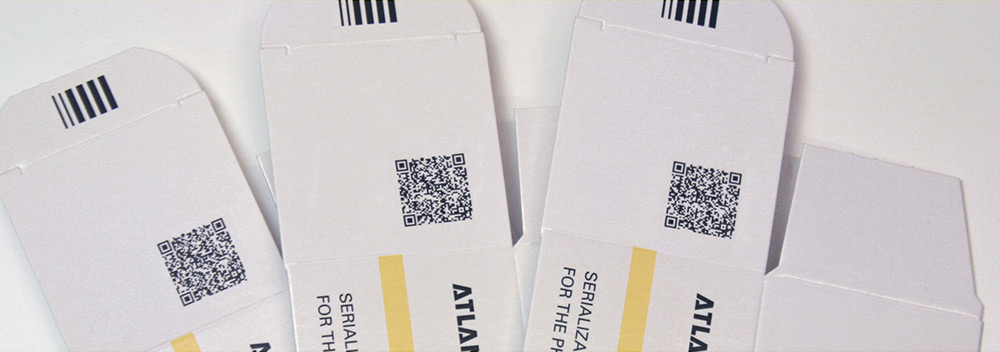By Helmut Schneider
Pharmaceutical serialization for China: The QR code that becomes obligatory for all veterinary medicines in China from June 30, 2016 is presenting most pharmaceutical producers and flat carton manufacturers with significant printing challenges.
Depending on the printing technique, the footprint of the QR code can be as great as ten square centimetres. In order to accommodate all the necessary information with very good legibility, the maximum footprint of the QR code can be reduced to around 2.5 square centimetres, but only if the image is produced with modern drop-on-demand (DoD) inkjet technology.
To match the print quality and readability with thermal inkjet systems, the edge length has to be more or less doubled – and as a consequence, the code occupies four times as much space. Even with large flat cartons, there is barely enough room for such large codes. Since conventional thermal inkjet cartridges offer a print width of only 12.7 millimetres without stitching effect, the task is made even more difficult.
DIGILINE Single and DIGILINE Compact are two DoD printing systems recently introduced by Atlantic Zeiser: their available print width of 36 mm is ideal for this type of application.
www.atlanticzeiser.com
